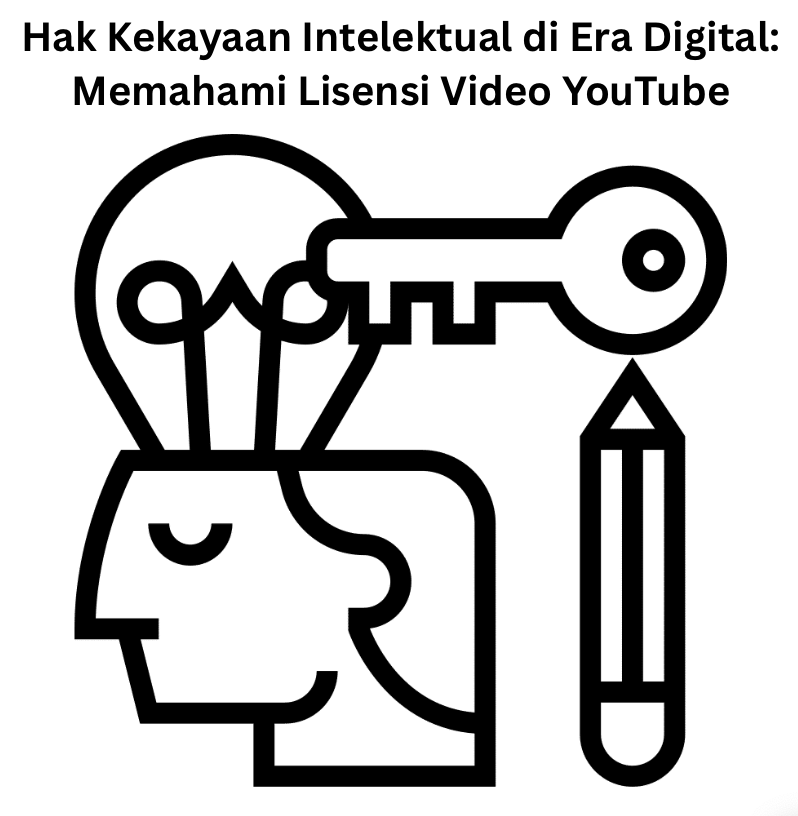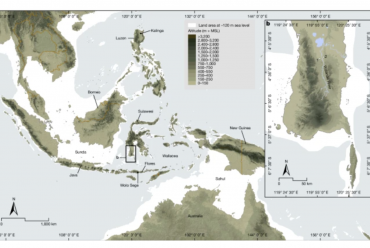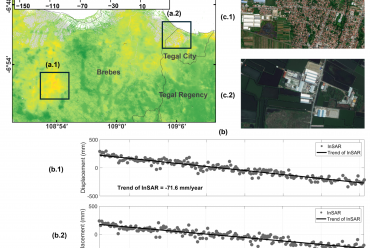Intellectual Property Rights in the Digital Age: Understanding YouTube Video Licenses
Intellectual Property Rights in the Digital Age: Understanding YouTube Video Licenses By: Dasapta Erwin Irawan Intellectual property rights (IPR) are becoming increasingly important in the digital age, especially when we interact with various content on the internet. In the context of YouTube videos, understanding copyright is crucial so that we can use material ethically and in accordance with regulations. Essentially, copyright in YouTube videos can be viewed from two perspectives: as users and as producers. As users, we often want to use videos for various purposes, such as teaching materials or presentations. However, it’s important to understand that every YouTube video has a license that governs its reuse rights. YouTube offers two main types of licenses: the Standard YouTube License and the Creative Commons License. If a video is licensed under a Creative Commons License, we can reuse the material provided that the creator is clearly credited. This license provides the freedom to share and utilize the content, as long as attribution is given. Conversely, if a video uses the Standard YouTube License, copyright is fully retained by the creator. Reuse of a video with this license requires direct permission from the owner. This situation is similar to the process of publishing scientific work in journals, where copyright can be transferred exclusively to the publisher. To determine the license of a video, you can look in the description at the bottom of the YouTube video screen. If it says “Creative Commons,” then the video can be reused with attribution. If there is no license information, the video is usually licensed under a standard license, so be more careful and ask for permission first. As a solution, make it a habit to always contact the video creator, either to ask for permission (with a standard license) or simply to inform them (with Creative Commons). This step not only maintains ethical use of the work but also opens up opportunities for broader collaboration in the future. By understanding and respecting intellectual property rights, we can create a healthy and mutually supportive academic ecosystem, while ensuring that every work receives proper recognition. Source: This content is a rewrite of Dasapta Erwin Irawan’s video explanation of Intellectual Property Rights, specifically YouTube video licensing.
Hits: 3






